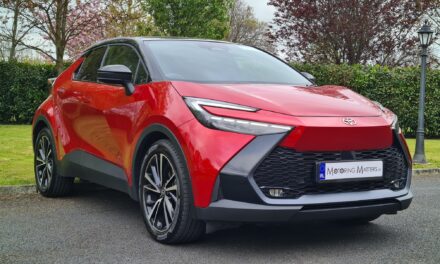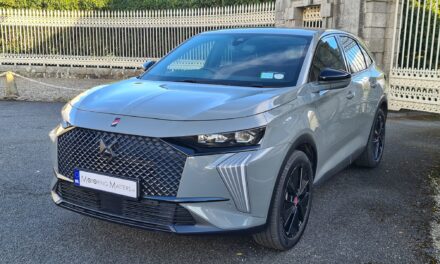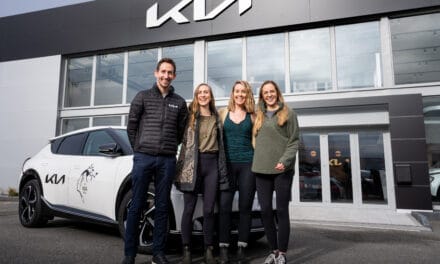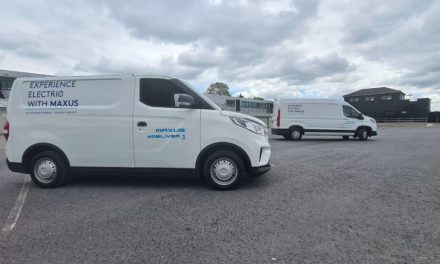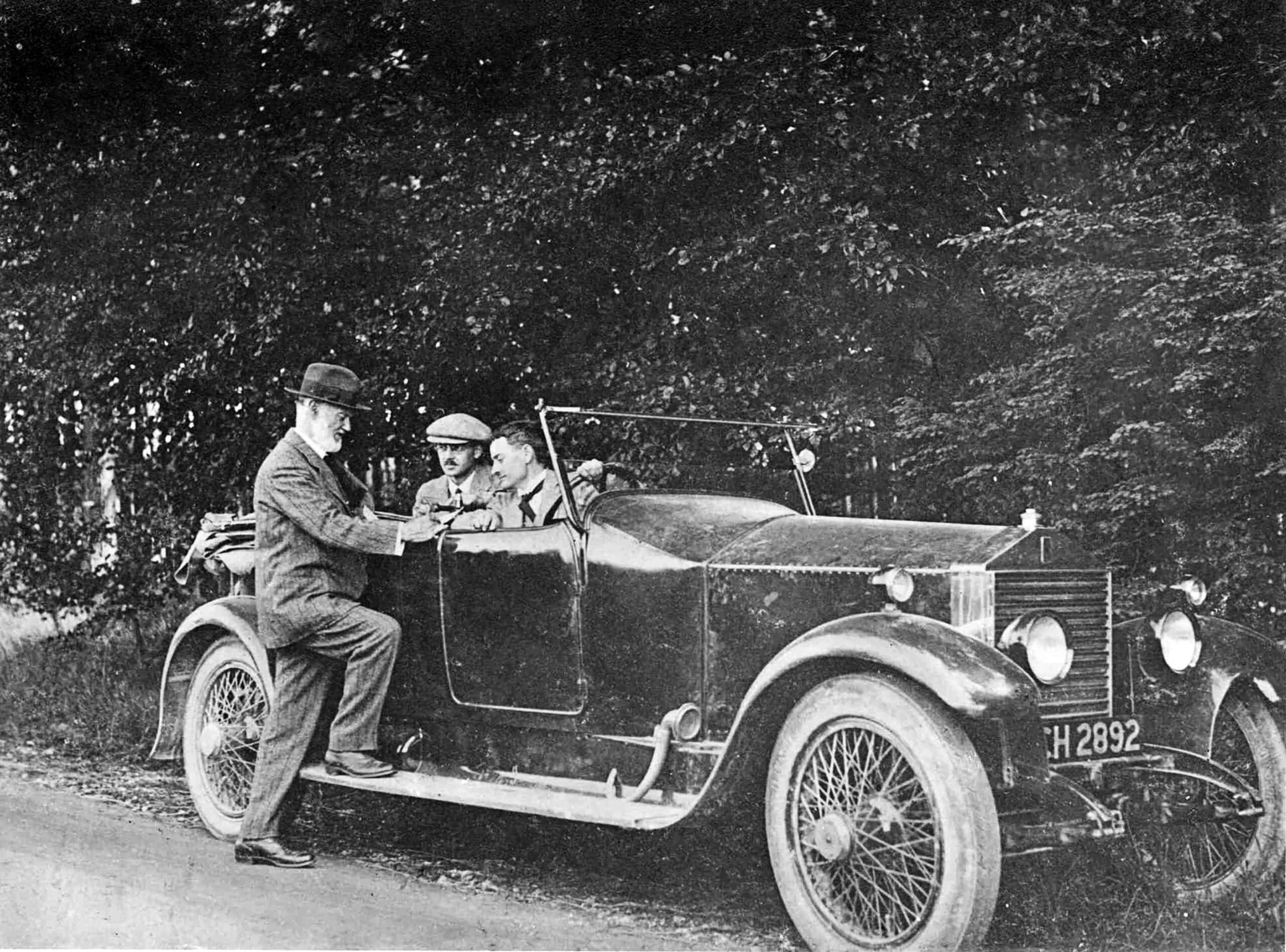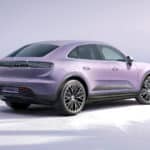
Rolls-Royce ‘Makers of the Marque’: Henry Royce.
Posted by Breda | Mar 25, 2024 | Features, FIRST LOOK, Homepage, Press Release | 0
Rolls-Royce ‘Makers of the Marque’: Henry Royce.
“Henry Royce’s life followed a truly extraordinary arc. From impoverished origins and with minimal formal education, he became a giant of 20th Century engineering and innovation, responsible for designs and technology that helped shape the world we live in now. But this classic rags-to-riches tale belies the complexity of the man, and understates the many challenges he faced during his remarkable life. After 120 years, his influence on the marque he co-founded remains powerful and pervasive; he literally made us who we are today.”
Andrew Ball, Head of Corporate Communications and Heritage, Rolls-Royce Motor Cars
Frederick Henry Royce was born on 27 March, in 1863 at Alwalton, near Peterborough. He was the youngest of five children in a family with dire financial problems: Henry’s father was finally declared bankrupt and, under the law of the time, imprisoned. This early poverty and hardship would affect Royce’s character, and his health, for the rest of his life.
Aged just 10, Royce started working in London, first as a newspaper seller and later as a telegram delivery boy. Then in 1877, with financial support from his aunt, he secured a coveted apprenticeship at the Great Northern Railway (GNR) workshops in Peterborough. His natural aptitude for design and working with his hands were immediately obvious. A set of three miniature wheelbarrows he made in brass demonstrated the exacting standards he would set for himself and others throughout his career.
But two years later, his aunt’s own money troubles left her unable to pay his annual apprenticeship fee. Undaunted, Royce returned to London and, in 1881, began work at the fledgling Electric Lighting & Power Generating Company (EL&PG). Electricity was then so new it had no professional institutions, and therefore no formal examinations or entry qualifications. For Royce, who had only the most rudimentary schooling, this was a priceless advantage.
His fascination for the subject, formidable work ethic and commitment to improving himself (he attended evening classes in English and Mathematics after work) meant that in 1882, the EL&PG, by now renamed the Maxim-Weston Electric Company, sent him to manage the installation of street and theatre lighting in Liverpool. But when the company abruptly went bust, Royce, still only 19, again found himself unemployed.
But not for long. In late 1884, he founded F H Royce & Co in Manchester. Initially producing small items such as battery-powered doorbells, the company progressed to making overhead cranes, railway shunting capstans and other heavy industrial equipment.
By 1901, years of overwork and a strained home life were taking a severe toll on his health, which had probably been permanently weakened by the privations of his childhood. Matters worsened the following year when the company found its finances stretched, owing to an influx of cheaper imported electrical machinery that undercut its prices. Ever the perfectionist, Royce was not prepared to compromise the quality of his products, but the resulting strain meant that in 1902, his health collapsed completely.
Royce’s doctors prescribed complete rest and persuaded him to take a 10-week holiday with his wife’s family in South Africa. On the long voyage, he read a newly published book, ‘The Automobile – Its Construction and Management’.What he learned would change his life – and ultimately, the world.
On his return to England, fully revitalised, Royce acquired his first motor car, a French-built 10 H.P. Decauville. The story usually goes that this first car was so poorly made and unreliable that Royce decided he could do better. In fact, his holiday reading had already focused his mind on producing his own car. He chose the Decauville precisely because it was one of the finest cars available to him, in order to dismantle it and then, in his most famous phrase, ‘take the best that exists and make it better’.
He began by building three two-cylinder 10 H.P. cars, based on the Decauville layout. With these foundational machines, he demonstrated the analytical approach, attention to detail and pursuit of excellence in design and manufacture that were the hallmarks of his life.
His friend and business associate, Henry Edmunds, borrowed one of these original Royce 10H.P. cars to complete in the 1,000-mile Slide Slip Trials organised by the Automobile Club of Great Britain & Ireland (later the Royal Automobile Club, or RAC) in April 1904. Edmunds was enormously impressed, and realised this was precisely the high-quality, British-made model that a friend and fellow Club member was looking for to stock in his new London car dealership. That friend was, of course, The Hon Charles Stewart Rolls.
As the technical mastermind behind the new partnership, Royce’s output was astoundingly and relentlessly prolific. From the company’s foundation in 1904 until his death in 1933, he personally created the initial concept for every mechanical item in every Rolls-Royce motor car. An instinctive, intuitive engineer, he had an uncanny ability to assess components purely by eye. He firmly believed that if something looked right, it probably was – and he was almost invariably proved correct.
As demand grew, and the motor cars themselves became increasingly complex, he established a design team, governed by his maxim, ‘Rub out, alter, improve, refine’. Everything the team produced would then either be rejected and sent back for more work, or finally signed off, by Royce alone. In contrast to modern motor manufacturing, where models are introduced, updated and replaced at defined intervals, Royce made continuous improvements to his products, without any announcement or notice. Some of these improvements were tiny – a washer here, a hose-clip there – but the net effect was that almost no two Rolls-Royce motor cars were exactly alike in every detail. This system, allied with Royce’s relentless pursuit of excellence in all he did and supervised, made Rolls-Royce motor cars the nearest thing to mechanical perfection possible, given the knowledge and technology of the day.
It is worth restating that Royce never designed a complete car: up to 1949, Rolls-Royce produced only ‘rolling chassis’, equipped with engine and drivetrain, upon which a specialist coachbuilder then built bodywork to the customer’s specification. The rolling chassis did, however, include the bulkhead (the panel separating the engine compartment from the passenger cabin) and the radiator, which determined, at least in part, the finished motor car’s overall proportions.
A highly driven – some might say obsessive – man, Royce brought his meticulous, enquiring mind and insatiable appetite for hard work to every aspect of his life. Such is the power of his ethos, it still informs and inspires the company that bears his name 120 years later.

